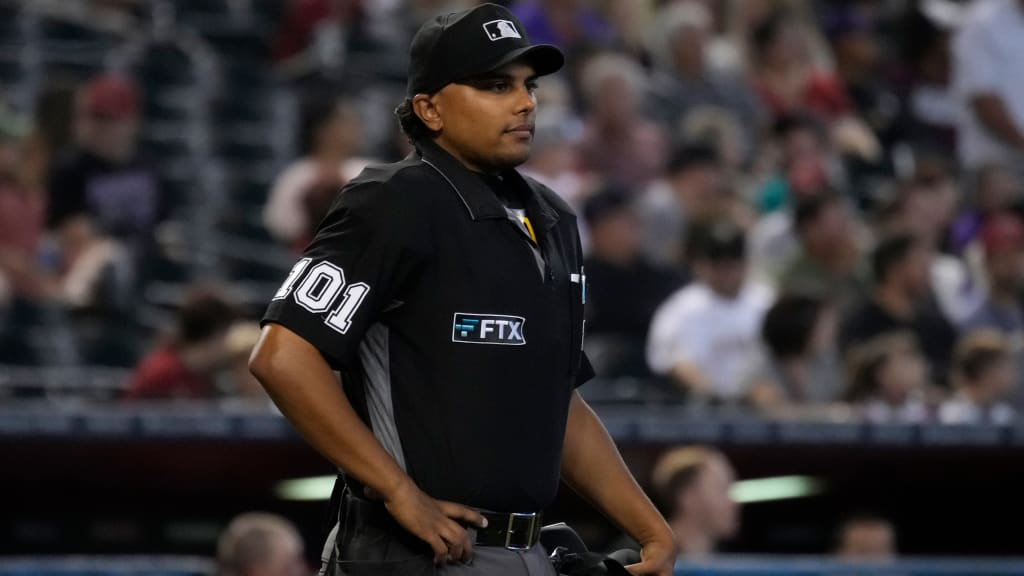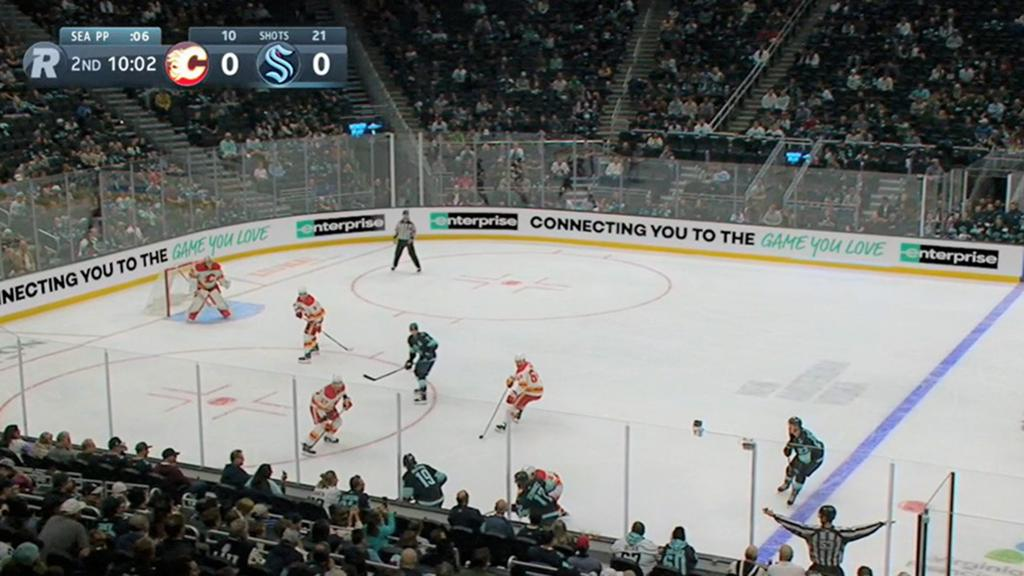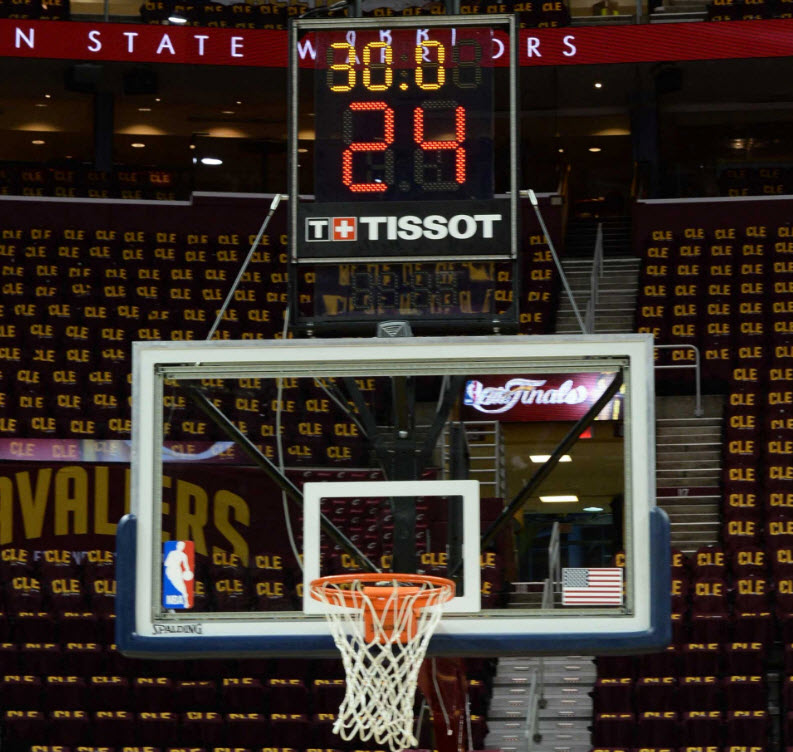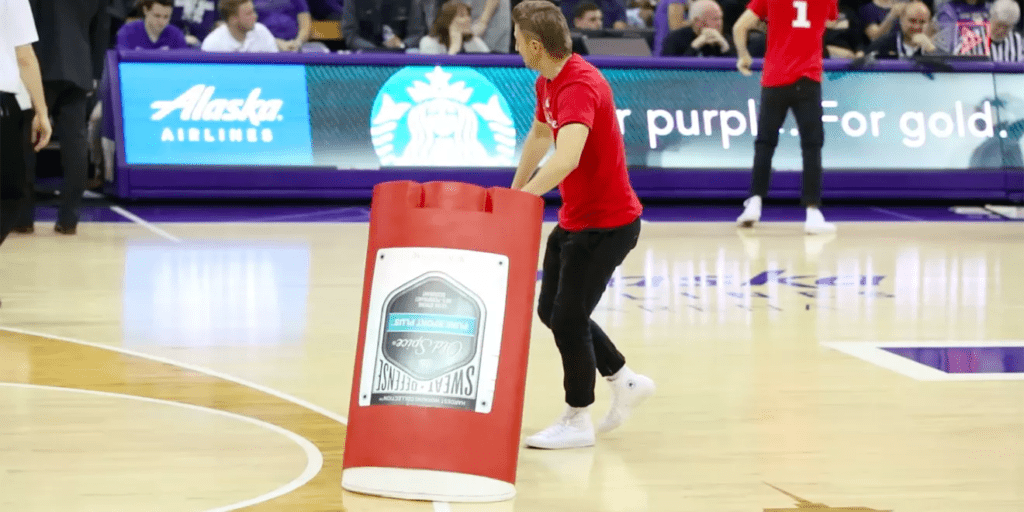Generally speaking, integrated advertising is the most effective way for any brand to live within a piece of content. Regardless of the content, integrated advertising is a way for advertisers to instill their brand within an audience’s experience of any piece of content.
We began our series of “integrated advertising in sports” posts in 2017 by looking at how brands, including T-Mobile and Duracell, were capturing the attention of baseball fans during that year’s World Series. We also wrote about the NHL and how the league’s evolved from blank boards to virtual ad overlays.
Today, we’ll keep the ball rolling and dive into integrated advertising in the NBA—and how brands can reach a massive addressable audience.

Breaking Tradition
The MLB is perhaps the best example we’ve seen of a professional sports league leaving tradition in the past – interesting, as baseball is the game that seems to thrive on tradition more than any other.
The ads present in 2017’s World Series showed a true effort and diversion from what viewers were used to seeing.

The most “in-your-face” example came from YouTube, which brought an ad smack-dab in the middle of the action, right behind home plate.
More recently, FTX sponsored logo patches on the uniforms of baseball’s umpires.

The NHL’s many innovations have been impressive but are more so extensions of things that already existed. The NHL has continued to push the boundaries of integrated advertising, sometimes at the behest of its viewers. Most recently by debuting digitally enhanced dasherboards.

The NBA is following suit and taking its own strides to incorporate ads into its product.
Despite being one of the most consistently fast-paced sports to watch, the NBA still has a lot of traditional downtime via advertising. Commissioner Adam Silver, however, has made notable strides during his tenure to better integrate ads into the viewer experience.
The first was to restructure the game itself. The league introduced a new timeout structure, leaving teams with fewer timeouts, resulting in fewer commercial breaks for advertisers.
The second stride came as a way for NBA teams to still drive revenue, even with fewer commercial breaks – they added advertisements to team jerseys. The NBA took things further by approving two more ad spots on uniforms for the 2022 season.
Jersey Patch Ads
The discussion surrounding jersey ads has lingered for a while now, and not just in the NBA.
We’ve seen jersey ads before, most notably in professional soccer leagues worldwide and the WNBA.
Jersey ads recently came to the NHL as well. Two of the most “traditional” franchises—the Toronto Maple Leafs and Montreal Canadians were quick to jump on the opportunity for additional revenue.
Soon enough, the NBA decided to break away from the pack and endorse the long-discussed jersey advertisement with a three-year test run.
The test run was successful, at least by the NBA’s standards. Since 2016, the available “inventory” has steadily grown, with the NBA recently announcing more inventory was becoming available—this time on shooting shirts and warmup jackets.
When the league first announced jersey patch ads, it was not to much delight from fans.
Upon seeing the ads, however, it became clear that there was much attention paid to integrating the brand logos into the color schemes of each team to make them less noticeable, even native to the surrounding branding.
Here are a few recent examples from the Golden State Warriors, Philadelphia 76ers, and Phoneix Suns:



Of course, the 76ers will have to move on from Crypto.com as the company in light of the industry’s collapse and the subsequent hard stop on advertising to promote digital currencies.
Overall, however, these ads generally work well with team branding. More so, they provide another legitimate source of revenue for NBA teams.
While there are no set prices for this inventory, one of the most lucrative deals for any team has been the Golden State Warriors’ sponsorship agreement with Rakuten, a deal worth $60 million. Recently, the Golden State Warriors and Rakuten agreed to continue their partnership.
All-Stars and All-Sponsors
Typically, jersey ads and things of that nature are test-run in international and exhibition matches, regardless of the sport.
The most notable yearly exhibition in the NBA is its annual All-Star Game. The All-Star Game is a perfect example in looking at the NBA’s high-level inclusion of sponsorships during game broadcasts.
Here’s a list of some of the events that’ll take place during this year’s All-Star Weekend:
- Jordan Rising Stars Practice
- Ruffles NBA All-Star Celebrity Game
- NBA All-Star Practice Presented by AT&T
- Kia Skills Challenge
For Jordan, Ruffles, AT&T, and Kia, All-Star Weekend will be filled with fun and excitement—and their logos front and center.
While All-Stars and All-Sponsors have been done for some time now, it’s important when considering the NBA’s efforts to minimize commercial breaks.
In-Game Sponsorships
The deeper fact here is that sponsorships come in many forms in the NBA. Jersey ads are the most recent, and currently, the most talked about form of sponsorship, but there are a number of other in-game sponsorships.
There are a lot of working parts during any basketball game aside from the players, as well, including the many tools, technologies, and people that maintain the court’s functionality.
One of the most important technologies present during NBA and NCAA Basketball games is the shot clock. Tissot took advantage of this when it debuted a new integrated timing system and shot clock with innovative LED glass technology developed exclusively for the league.

It’s transparent, houses touch-screen controls, and displays a large Tissot logo for all to see. No other sport uses a Shot Clock as the NBA does. Therefore, no one else can utilize this ad space.
Old Spice also found a way to get an advertisement into the working functionality of basketball games. And even though this one has been taking place during college games, it was simply too much fun to leave out.

The War on the Floor
The NBA has put in a great effort to be the most progressive, tech-driven league. As we mentioned earlier, that’s largely due to their youthful audience.
That effort is most evident in the experience they offer fans, ads or no ads. A good example of this is the NBA’s endorsement of virtual reality.
The NBA experience is free and available on Meta’s Horizon Venues platform, a free software download for the Oculus headset. People appear as digital avatars and watch games from a courtside perspective.
From a business perspective, the deal could give the NBA a new set of media rights, which is important as regional sports networks struggle.
Facebook is also partnering with the NBA to launch NBA-licensed apparel in the Meta Avatar Store where consumers can purchase NBA or WNBA apparel for their avatar.
In terms of ads, however, one of the most innovative things we’ve seen the NBA do is use arena floor space as a video ad landscape.
On February 10, 2018, the Golden State Warriors played the San Antonio Spurs in their home, Oracle Arena. At halftime, the fans were treated to what was called, “The War on the Floor,” where they used the court as a projector for a God of War video ad:
At first, the video plays on the Jumbotron, which is nothing out of the ordinary. Soon after, however, the entire court lights up with a snowy, icy, action-packed narrative.
This is extremely important for the broadcast’s sake. Even though these videos cannot be played during live-game action, they can be used to reach viewers streaming live games.
Streaming service NBA League Pass, for example, allows viewers to stay inside the arena during broadcasts. There are breaks, but simply no commercials. Viewers instead watch halftime shows, timeout breaks, t-shirt tosses, and so on.
Integrated Advertising in the NBA: A Primetime Opportunity for Brands
Overall, the NBA has done a fine job in living up to its tech-driven reputation, and with time, can prove to only become better. As the league looks to tap additional revenue streams, more ad inventory will undoubtedly follow. That said, the NBA will have to be careful not to infringe too much on the viewer experience.
Nevertheless, ad dollars will follow from brands looking to capitalize on the NBA’s niche and ever-expanding audience.
For more insights, sign up for MediaRadar’s blog here.



